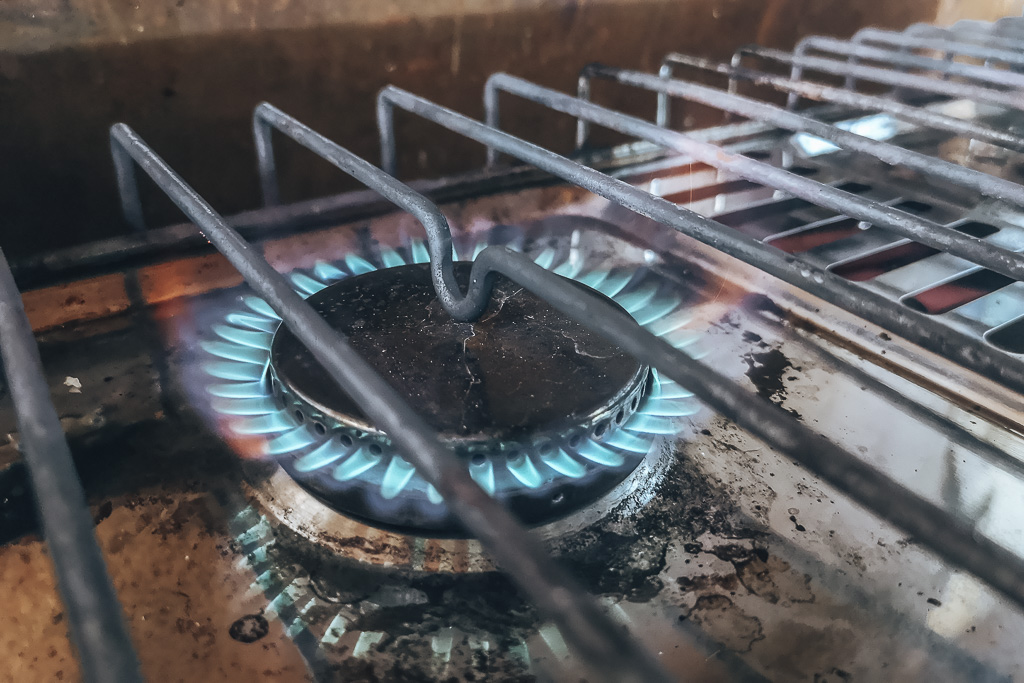hello - I have a new conversion on a T6.1 carried out by a reputable caravan company. the owner said that there is a manual shut off on the tank but it's very inaccessible under the vehicle. When I asked about how safe this was he said as there was only one gas appliance in the van (the gas hob) it didn't need to have an isolation valve. I'm nervous about driving the van while gas is 'live' and told him this. he then installed a in-line shut off valve for the cooker. However, I'm still really nervous about driving with the gas tank under the vehicle not being shut off. I'm really new to having a campervan and would very much appreciate peoples advice on this.
You are using an out of date browser. It may not display this or other websites correctly.
You should upgrade or use an alternative browser.
You should upgrade or use an alternative browser.
isolating valve on underslung LPG tank. advice please
- Thread starter FiForres
- Start date
If you plan to travel on the EuroTunnel, you will need to close the valve on the tank off before they will let you on the train.
*cut off*Thank you. Yes, I’ve seen that is the case. My question is about the safety of driving on public highways without isolating the LPG tank at the main valve - ie with no count off valve on the tank that can be operated from the cab.
A solenoid valve operated by electricity is then dependant on the supply of electricity, and the wiring to the solenoid.
It is good practice to turn the gas supply off as far down the supply as possible, but it’s not the end of the world if you don’t.
In choosing an underfloor gas supply, you inevitably hit this compromise of accessibility.
We have forgotten to turn off the gas supply at source on our van many times, and have survived.
I think a regular review of the condition of the gas supply and pipes under the van is more important than where the cut-off valve is.
Pete
It is good practice to turn the gas supply off as far down the supply as possible, but it’s not the end of the world if you don’t.
In choosing an underfloor gas supply, you inevitably hit this compromise of accessibility.
We have forgotten to turn off the gas supply at source on our van many times, and have survived.
I think a regular review of the condition of the gas supply and pipes under the van is more important than where the cut-off valve is.
Pete
How about asking the retailers of the LPG tanks, someone like Gas It will tell you their views I'm sure.
I have one of their tanks under my van, it however is one with the electronic isolator valve so I turn it off when I've finished using it.
I have one of their tanks under my van, it however is one with the electronic isolator valve so I turn it off when I've finished using it.
Current UK regulations state that there should be a ‘local’ isolation valve before any hose so IMO the converter has not complied.

 vandercampadventures.com
vandercampadventures.com
Here’s the sort of advice given to UK Fire and Rescue, it applies to LPG powered vehicles but most of the hazards in a fire situation remain the same.

FREE Safety Guide to the Campervan Gas Regulations Uk
Find out everything about installing gas safely AND save yourself a few hundred quid by reading our FREE campervan gas regulations guide.
 vandercampadventures.com
vandercampadventures.com
Here’s the sort of advice given to UK Fire and Rescue, it applies to LPG powered vehicles but most of the hazards in a fire situation remain the same.
If you have a 'fitted' appliance in the van it should be hard line fed, no flexible hoses allowed to fixed appliances.
Also reading through those articles, they all say the gas must be turned off 'at the cylinder/tank' so having a further valve after the tank is only any use for maintenance purposes or quick isolation should a leak occur or an appliance be damaged in some way like a knob falling off and it not being possible to shut it off, if you are taking the van on a ferry or chunnel, and it is suggested when driving anyway, the tank should be isolated. It's common sense really, the tank is designed to contain the gas up to a certain level of external abuse or heat soak, the piping away from it may not be up to the same levels of capability, so keeping as much gas in the tank as you can will give the best results should an accident occur.
Last week on Eurotunnel I declared my underslung LPG at the security checkpoint. They didn't bother checking it, just asked if I'd turned the gas off. I have never had it checked on the eurotunnel and just the once on a ferry.If you plan to travel on the EuroTunnel, you will need to close the valve on the tank off before they will let you on the train.
Similar threads
- Replies
- 5
- Views
- 2K
- Replies
- 12
- Views
- 2K
- Replies
- 7
- Views
- 2K
- Replies
- 17
- Views
- 3K
